Armenians are the first nation to adopt Christianity as a state religion. This happened in 301 - long before the Romans. Religiosity is part of the self-awareness of Armenians; the church influences the customs and traditions of the people. What did they believe in before accepting Christianity? How does the Armenian Church differ from the Catholic and Orthodox? What rituals are there? What other religions are common in Armenia? Historian and theologian Vladimir Petunts will help us answer these questions and understand what the Armenians profess.
Contents
- Religion before Christianity
- The emergence and adoption of Christianity in Armenia
- Separation of the Armenian Apostolic Church
- Comparison of the Armenian Apostolic Church with the Russian Orthodox and Catholic
- What else do you need to know about the Armenian Apostolic Church?
- Other religions in modern Armenia
Religion before Christianity
As we have already mentioned, Armenians adopted Christianity in 301. But what did this faith replace?
In prehistoric times and before the 1st century BC paganism was widespread on the territory of Armenia. However, it must be borne in mind that pagan cults are heterogeneous. The earliest religious forms date back to the Bronze Age. Then there were, for example, fish-like dragons - vishaps, stone rams, human sacrifices. We know little about those times, but there is still some information. For example, three vishaps can be seen in Yerevan.
From the 9th to the 6th centuries. BC the pantheon ruled on the Armenian Highlands, which was headed by the god Khaldi, the patron of the royal dynasty, as well as his wife Arubani, the thunderer Teisheba and the sun god Shivini.
As time passed and the gods changed, the preponderance of the ancient Aryans within the country led to a pantheon related to the Persians and Indo-Aryans. Aramazd of the Armenians echoes Ahura Mazda of the Persians; they have a common origin, and yet they are different deities. The Armenian Vahagn is the hypostasis of the Indian Indra, and just as Indra defeats the evil serpent Vritra, so Vahagn defeats the Vishap. However, unlike Indra, the king of the gods, Vahagn is only a thunderer.
Ancient authors often named the Armenian and indeed all eastern gods in their own way, hence the equation of Zeus with Aramazd, Vahagn with Hercules or Anahit with Artemis. However, these identifications are very superficial.
Other gods of the Armenian pantheon:
- the goddess of beauty Astghik (the Greeks called Aphrodite);
- goddess of wisdom and war Nane (Athena);
- Mihr or Mher, Mitra - the solar god of friendship, agreement, justice;
- god of knowledge, dreams, arts and science Tyr (Apollo, Hermes). He could be called Groh, which means scribe in translation. This is an epithet for Tyre, as one who comes for a man with a record of his deeds and leads him to the judgment of Aramazd;
- son of heaven Barsham;
- god of the kingdom of the dead Sandaramet (Hades).
As is often the case, with the advent of Christianity, some pagan holidays preserved.
- Vardavar, dedicated to Vahagn and the goddess of beauty Astghik, is still widely celebrated. On this day, it is customary to pour water on each other. We talked about Vardavar in detail in this article.
- Trndez, the festival of the god Mihra, is also celebrated by jumping over a fire. By the way, the only surviving pagan temple in Armenia was erected in Garni in honor of Mihra.
- Armenians also celebrate Bun Barekendan when they make festivals, organize markets and see off winter. If you are interested in Armenian holidays and traditions, we suggest you read this article.
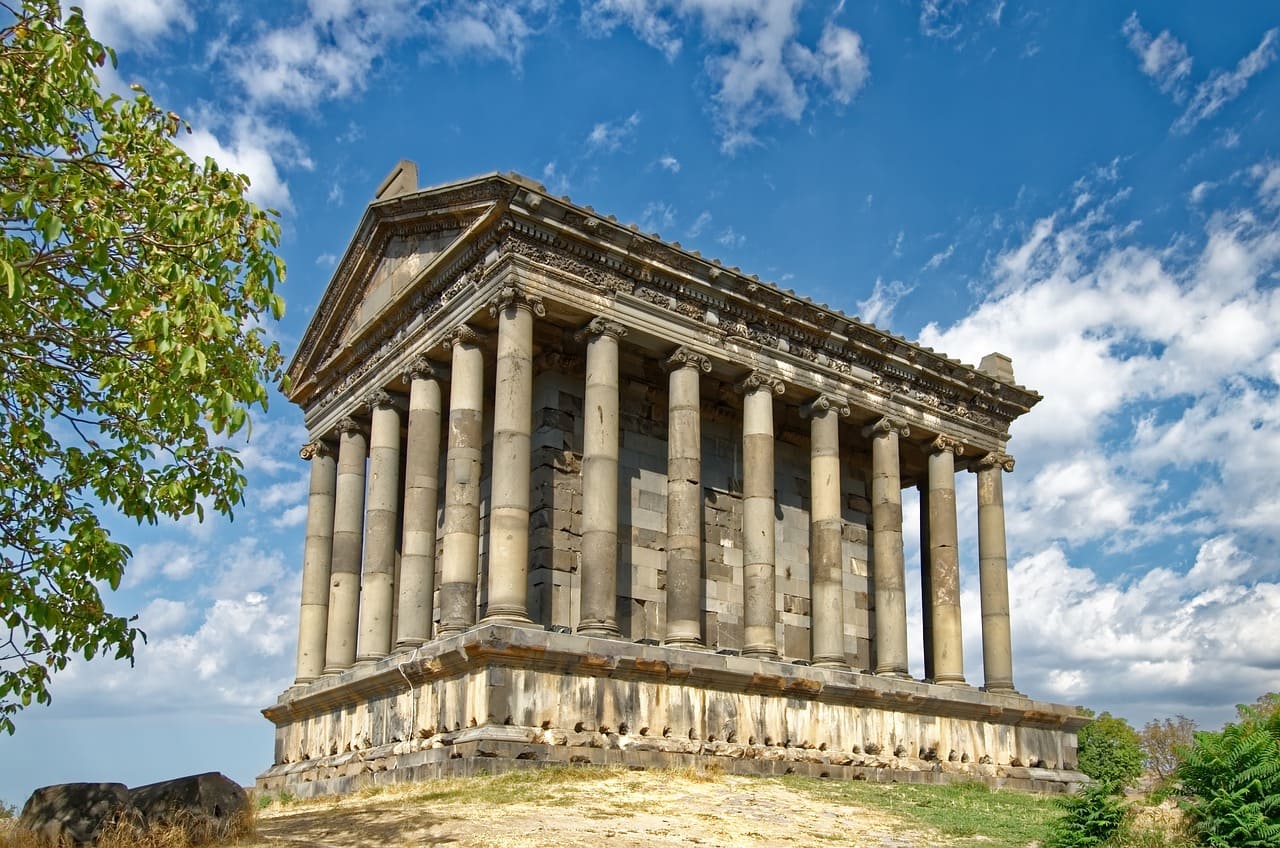
The emergence and adoption of Christianity in Armenia
The Armenian Church is called Apostolic, because the holy apostles Thaddeus preached in Armenia in the 40s and Bartholomew in the 60s. Since Thaddeus was the first to preach, the Armenian Church is often called the throne of the Apostle Thaddeus.
The first Christians suffered for their faith, were martyred, but the religion gradually spread throughout the country. This was influenced by the Jewish colonies that existed in Armenia, as well as neighbors from Syria, Adiabene (modern Iraqi Kurdistan) and Cappadocia, where by the 1st century. there were already many Christians. Despite the fact that the pagan Armenians were polytheists - polytheists, the god Aramazd towered over everyone else, so it was easier for the people to accept the one god in Christianity.
Surprisingly, it is the ardent supporter of paganism, King Trdat III, who is associated with the adoption of Christianity in Armenia. Trdat imprisoned his former comrade, Christian Gregory for 13 years because of his faith and because Gregory's father killed Trdat's father.
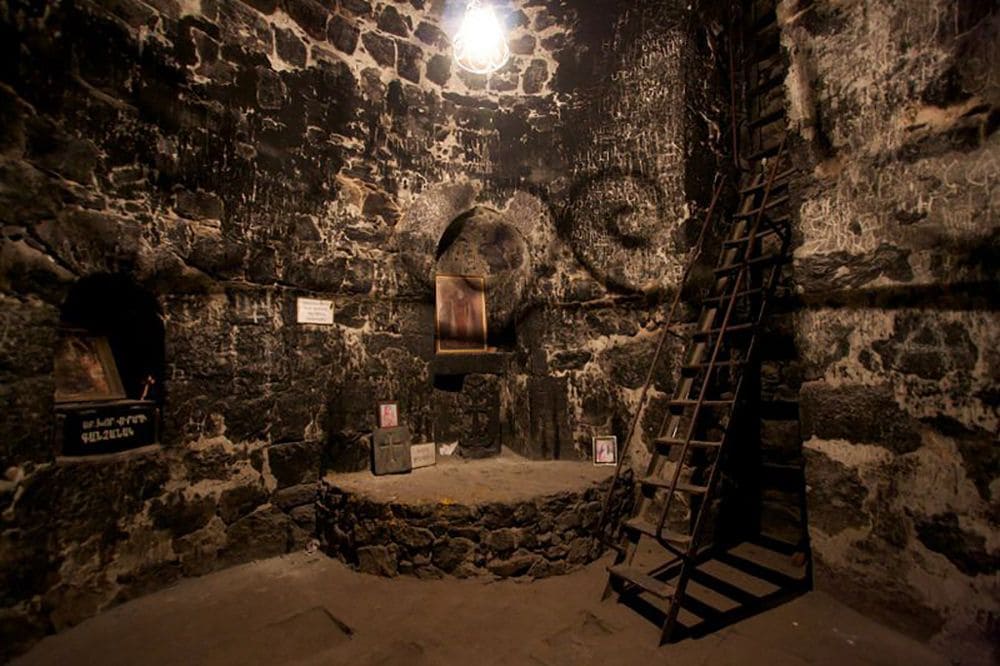
The king subjected Christians to severe persecution. He also killed the virgin Hripsimia, along with her sisters in faith, because she refused to marry the king. This massacre did not leave Trdat's thoughts, he became seriously ill, and only Gregory could help the king with his prayers. After healing and a long study of the faith, Trdat converted to Christianity, and in Armenia for many centuries, following the example of the king, baptism occurs after learning, and not immediately in childhood.
After the baptism of Trdat, the church in Armenia turned from a persecuted one into an official, independent one. In 301 it became the Church of Greater Armenia, and over time - the Armenian Apostolic Church.
Often in Russia you can hear the name "Gregorian" church, but it is only an insulting nickname given by Tsar Nicholas I and the synod of the Russian church in 1836. The name was fixed in tsarist and Soviet Russia.
Gregory the Illuminator became the first Catholicos of all Armenians - the highest clergyman, and the first Christian council - Etchmiadzin.
The baptism of Armenia did not mean that all people immediately converted to the faith, the process was long. Someone believed in Christ, someone was converted from the time of the apostles, someone accepted the religion of their king, but there were also those who defended faith in the old gods with weapons in their hands. For many years, Trdat III the Great destroyed pagan temples and idols in order to eradicate polytheism.
An important event for the strengthening of Christianity in Armenia was the creation of the Armenian alphabet in 405 by Mesrop Mashtots. Bible's translation into Armenian followed this event.
Might be interesting: Armenian language courses in the Move2Armenia catalog
Christianity was endangered when the Persian conquerors came and introduced Zoroastrianism. One of the most important episodes in the history of Armenia was the Battle of Avarayr in 451. The pagan Persians demanded that the Armenians renounce Christianity, and an uprising broke out. Although the Armenian leader Vartan Mamikonyan fell in the Battle of Avarayr, and the Catholicos was taken prisoner and executed, the fierce resistance of the Armenians forced the Persians to eventually recognize the right to faith in Christ.
The Armenians suffered from the Mongols and Seljuk Turks, and each time they had to fight for their existence. And yet, Christianity has always remained the main religion of Armenia from 301 to the present day.
Separation of the Armenian Apostolic Church
The turning point for the entire Eastern Church was the convening in Byzantium in 451. Fourth Ecumenical Council of Chalcedon.
The Ecumenical Council is a council of bishops at which decisions and canons were adopted that were recognized by the Ecumenical Church, that is, binding on the entire Church.
The Fourth Ecumenical Council discussed the nature of Christ. Supporters of Chalcedon argued that Christ is God and Man, having two inseparable natures - divine and human. Opponents of Chalcedon said that Christ is God and Man, having a single, but not fused, divine and human nature.
Behind this dispute, as always happened, there were many ambitions and politics. The party of supporters of Chalcedonism won, and the churches on the territory of Byzantium, by imperial decrees and under the influence of the troops, recognized the decision of Chalcedon as an Ecumenical Council.
This decision was rejected by many Eastern churches. Ancient Antioch, Alexandria, Edessa questioned the opinion of the supporters of Chalcedon. Yes, and the Greeks themselves eventually began to challenge the acts of the fourth Ecumenical Council.
The Armenian Church rejected the formula of Chalcedon and is considered Pre-Chalcedonian or Ancient Eastern Church. The paths of the Byzantine and Armenian churches diverged.
Among the Orthodox, the Armenian Apostolic Church is considered Monophysite (mono- - the only one). Here it must be said that the Monophysites recognize only one nature of Christ - the divine, which is considered heresy. Moreover, the Armenians also call Monophysitism a heresy. In the Armenian Church, its own position was called Miaphysite (mia – single).
Comparison of the Armenian Apostolic Church with the Russian Orthodox and Catholic
The Armenian Apostolic Church, like Orthodoxy and Catholicism, is a branch of Christianity. There are both similarities and differences between these beliefs. Let's consider some of them.
- The main thing that distinguishes the Armenian Church from the rest is the recognition of only the first three Ecumenical Councils: in Nicaea, Constantinople and Ephesus. While Orthodoxy and Catholicism recognized seven Councils: the listed three, as well as the one in Chalcedon, again two in Constantinople and one in Nicaea. Another 14 subsequent councils are considered ecumenical only by Catholics. As mentioned above, the concepts of the nature of Jesus Christ also differ.
- The Armenian Church, like the Catholic, Protestant, and Greek Orthodox, lives according to the Gregorian calendar, but the dates of some holidays vary.
- On January 6, Armenians celebrate the Epiphany, which unites Christmas and Epiphany.
- The head of the Armenian Church is the Catholicos. This word is consonant with Catholicism, but is not associated with it. Translated from ancient Greek, it means "cathedral, universal", that is, the Catholicos is one for all Armenians.
- Services in the Armenian Apostolic Church are conducted in the ancient Armenian language—Grabar. In Orthodoxy it is Old Slavonic, in Catholicism it is Latin or national languages.
- In the Armenian Church, as in the Orthodox Church, there is worship of icons, but there is no iconostasis and a large number of icons. The Armenian temple is ascetic.
- The cross in the Armenian Church is called the Blooming Cross and is associated with both the Crucifixion and the Tree of Life, which is why floral patterns can be seen on the cross. The same iconography is found in the Balkan Orthodox churches.
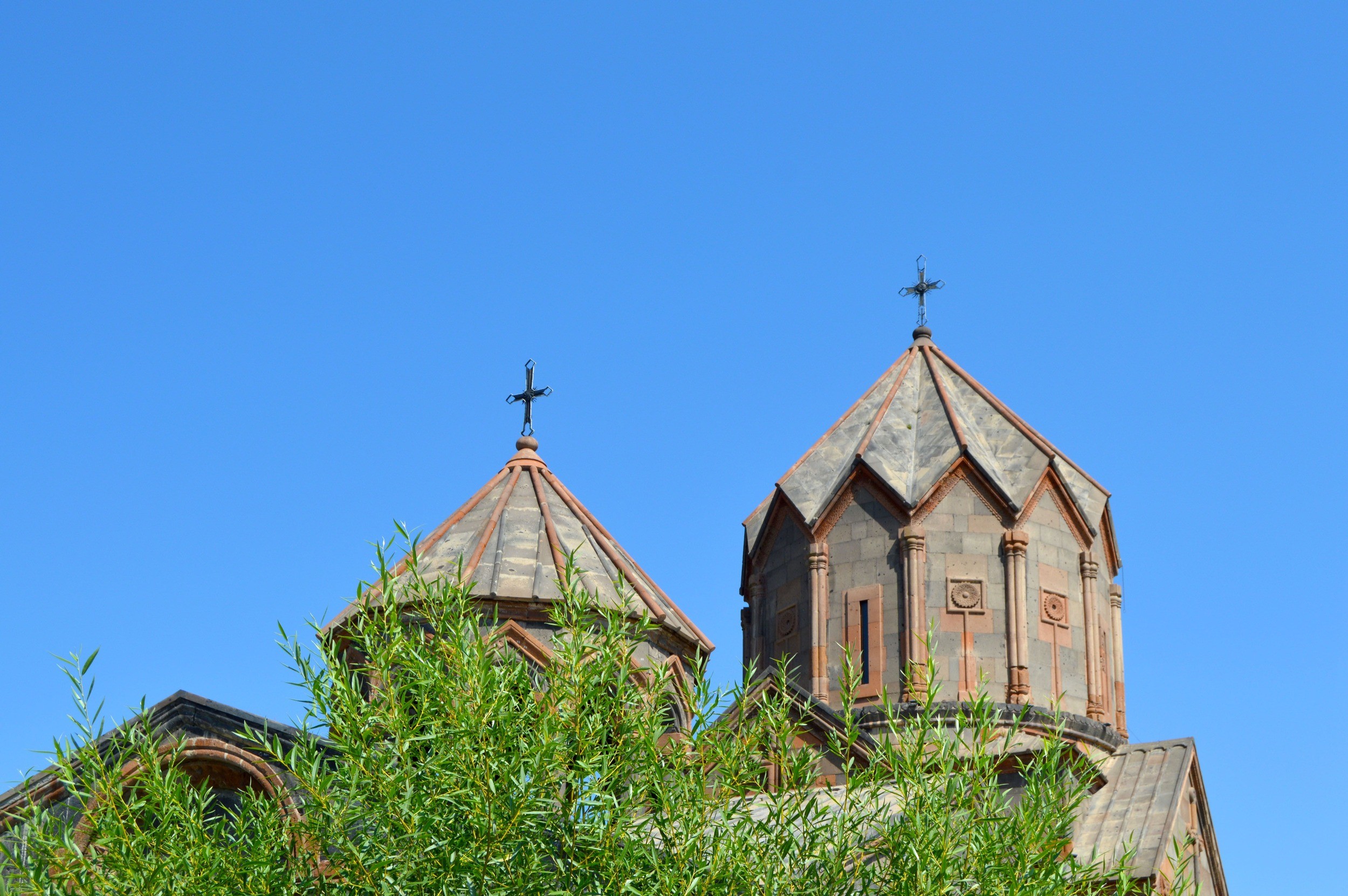
- To perform the Sacrament of Communion in the Armenian Church, they use unleavened bread, as in the Catholic Church (except for Eastern Rite Catholics). And in Orthodoxy - prosphora made from yeast dough.
- The Armenian Church, unlike all other churches, does not dilute the wine for communion with water.
- Armenians, like Catholics, cross themselves from left to right. Orthodoxs, on the contrary, cross themselves from right to left.
What else do you need to know about the Armenian Apostolic Church?
Many ancient monasteries and churches have been preserved on the territory of Armenia. They not only held religious services there, but also did science, translated and wrote manuscripts. These were centers of education. Among the main monasteries in Armenia we will name Echmiadzin, Tatev, Haghartsin, Noravank, Sevanavank, Geghard, Sanahin, Marmashen. They can be visited from guides and travel agencies from our catalogue.
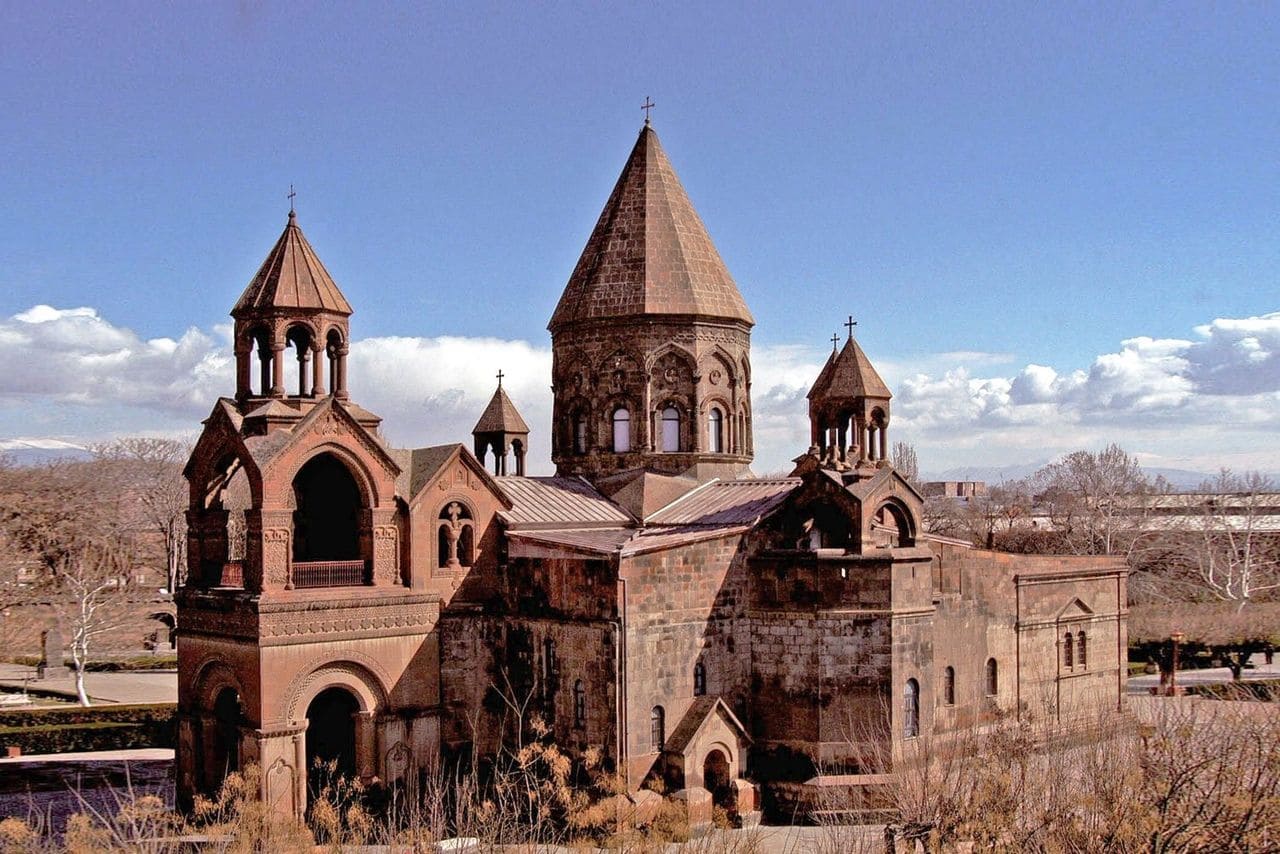
Etchmiadzin was the first Christian cathedral. To this day, it is the spiritual and administrative center of the Armenian Apostolic Church, the residence of the Catholicos. It has four patriarchates under its jurisdiction:
- Echmiadzin Catholicosate.
- Catholicosate of the Great House of Cilicia.
- Jerusalem Patriarchate.
- Istanbul (Constantinople) Patriarchate.
The Catholicos blesses the chrism (holy oil), new church holidays and laws. He establishes dioceses, which are then headed by bishops who are the next in rank in the church hierarchy. Bishops ordain priests who perform divine services, sacraments, and rites. Also, the church ranks include a deacon (sarkavag in Armenian), who concelebrates in the sacraments, and a reader (dpir in Armenian), the youngest clergyman.
There is a matah ritual. It can be called a form of charity, since the essence of matah is to distribute food to people. On a church holiday or in connection with an important event in a person’s life, be it joyful or sad, salt is consecrated in the temple - a symbol of purity and purification. After that, outside the church, salt is fed to a one-year-old lamb, calf or rooster with red plumage. An animal or a bird is slaughtered, the meat is boiled and distributed to seven families or to everyone who leaves the church. Once again, we note that the church participates only in the illumination of salt, and the rest of the matah is a pious tradition.
As we have already said, unleavened bread is used in Communion, as well as undiluted wine. Liturgy takes place on Sundays and on special occasions. Confirmation follows baptism.
Other religions in modern Armenia
According to the Constitution, the Republic of Armenia is a secular state, that is, the church is separated from the state. Citizens have the right to practice religion of their choice . At the same time, 92–97% of the population consider themselves followers of the Armenian Apostolic Church. The remaining few percent include:
- atheists - about 1%;
- pagans;
- Orthodoxs, Catholics, Protestants, Jehovah's Witnesses and Molokans;
- Yezidis and Kurds are followers of the Sharfanid religion;
- Islam is practiced by Azerbaijanis, Kurds and Persians;
- Jews;
- Buddhists who prefer not to declare themselves publicly. Their community is small and mainly consists of highly educated people.
It should be added that outside the country the Armenians in diaspora also largely belong to the Armenian Apostolic Church. For example, in Russia there are 27 church communities belonging to the Novo-Nakhichevan and Russian diocese. Armenians have been practicing their faith in Russia for over 200 years.
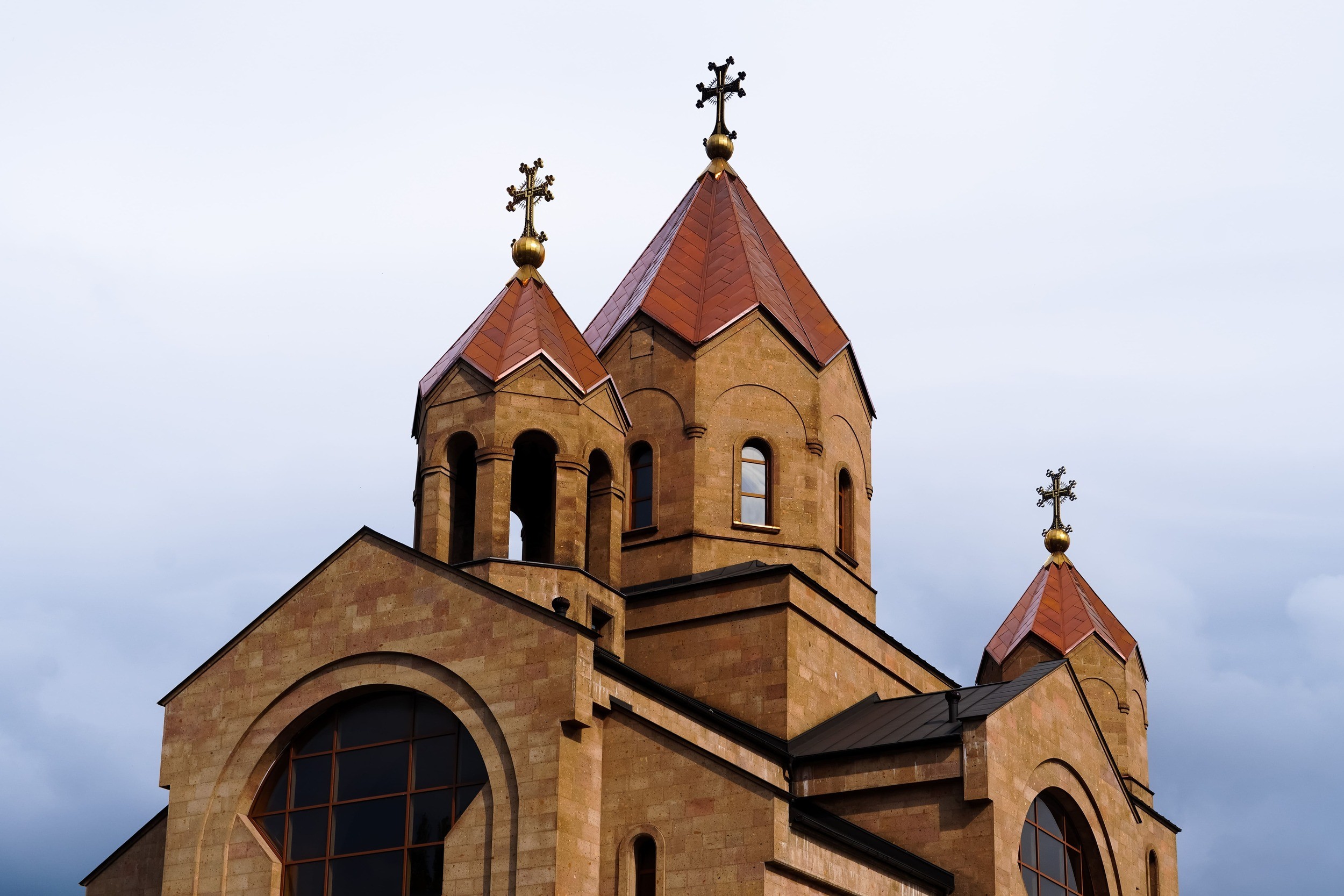
There are also Catholic Armenians abroad: there are about 740,000 of them. They mainly live in Georgia, Syria, Iraq and Lebanon. Interestingly, in 1717, the Armenian monk Manuk di Pietro founded a Catholic community on the island of San Lazzaro degli Armeni in the Venetian lagoon. Now anyone can get there on a tour and see the Armenian Catholic monastery.
Religion occupies an important place in the life of the vast majority of Armenians. To better understand this people, you need to get acquainted with their history, including the history of their religion.
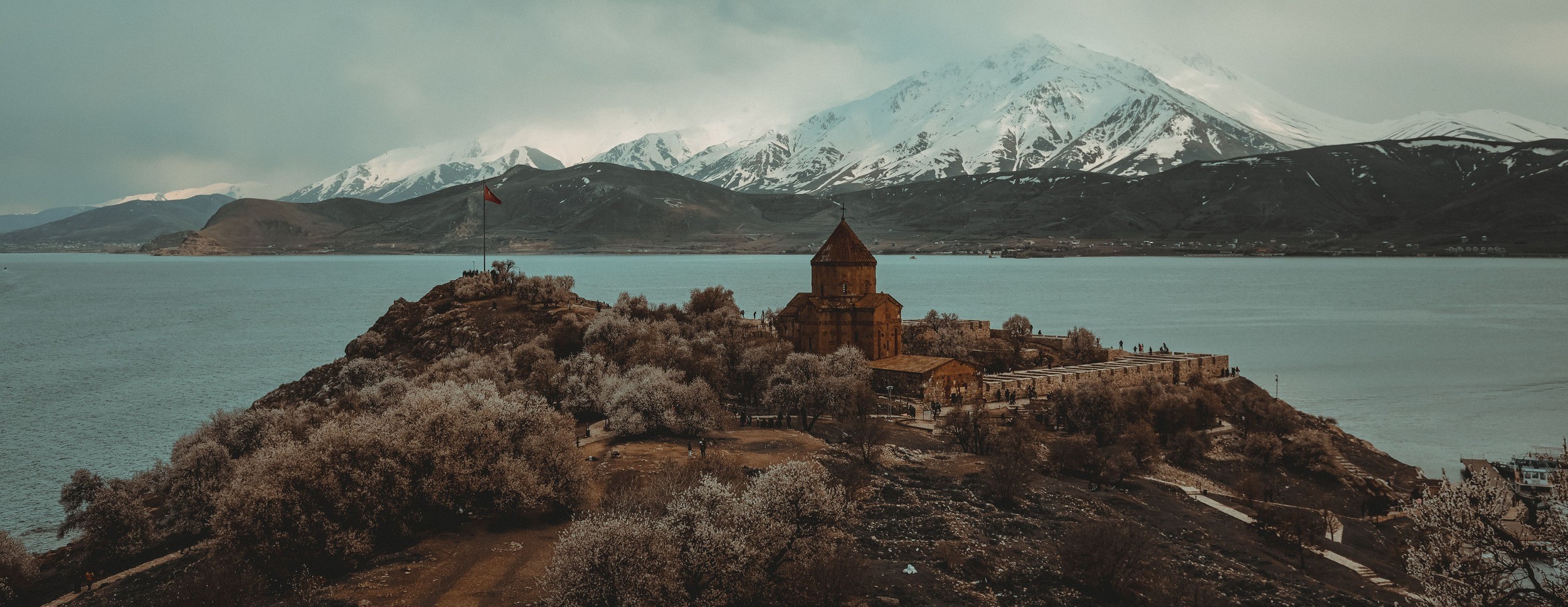
















Igor
02.08.2023 в 23:39Well now everything is clear
Add a comment